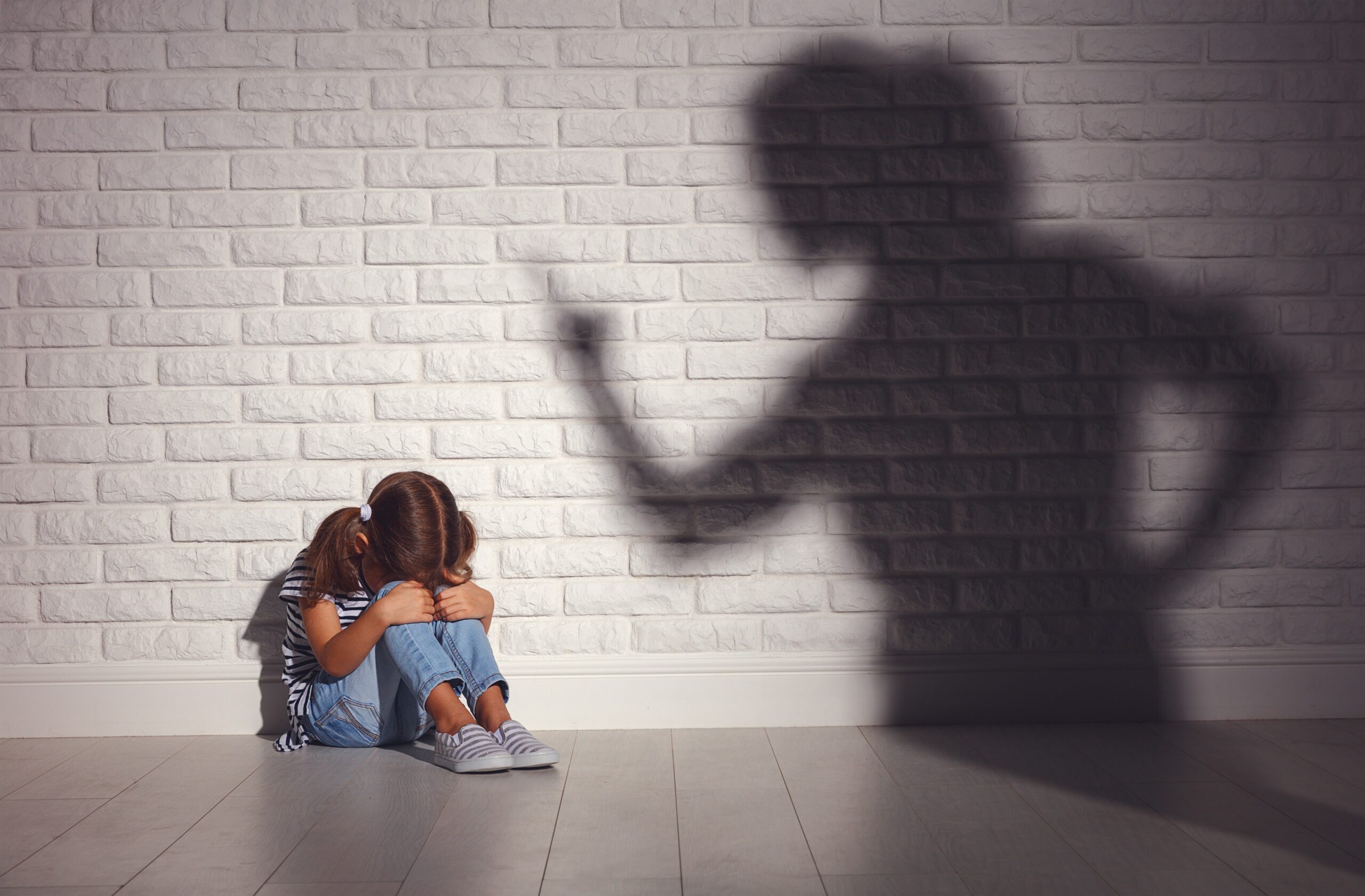According to the Red Cross, child abuse is a complex set of behaviors that include child neglect and the physical, emotional, and sexual abuse of children. Although most people think first of physical abuse when they hear the term child abuse, physical abuse makes up only a small percentage of reported cases. Physical abuse is defined as a bodily injury inflicted upon the child with cruel and malicious intent, although the law recognizes that in some cases, the parent or caretaker may not have intended to hurt the child; instead, the injury may have resulted from excessive discipline or physical punishment.

Despite the magnitude and significance of child maltreatment, research in this area is still in an early stage of development. Understanding the complex nature of child abuse is a difficult and challenging task, one that requires various methods and approaches to clarify the multiple dimensions of this phenomenon.
A nation’s ability to diagnose, treat, and prevent child maltreatment and abuse depends almost entirely on tools available to address the issue. Child abuse is any form of physical, emotional, and sexual mistreatment or lack of care that causes injury or emotional damage to a child or youth. The misuse of power and a breach of trust are part of all types of child abuse. The various types of child abuse include –
emotional abuse, which essentially is a continuous attack on a child’s self-esteem and self-worth; exposure to family violence is when children or youth witness violence being done by one family member to another; physical abuse is when a person purposefully injures or expresses intent to hurt a child/youth physically; neglect which is the constant failure to care for and cater to the necessities in a child or youth’s life; sexual abuse is when a younger or less powerful person is used by an older or more powerful child, youth or adult for sexual gratification, this can be with or without contact.
Child abuse and neglect can affect all development domains – social, psychological, emotional, behavioral, physical – all of which are interrelated.
This topic is significantly under-reported, and the population of our country fails to understand its importance. Very little research has been done on this topic; therefore, highlighting the need to prevent child maltreatment must be communicated and not shied away from.
The media/journalists are habituated to sensationalizing content to increase the number of readers for their respective newspapers. To increase profits and keep up with their competitors (other newspapers) they end up compromising on the accuracy of the abuse. They try to make the abuse sound more dramatic than it was rather than reporting the seriousness of the case or for that matter how the victim was affected. In a country like India, it is impossible to have a hundred percent coverage on any triggering issue. This claim can be supported by three main factors. First, India is majorly overpopulated. It is impossible to keep track of all and report all child abuse cases that come to the police. The ones that are extreme, journalists try to cover for their own benefits (income upon sensationalization of content) and perhaps also to make the readers aware of what is happening in our immediate surroundings, so parents/family can take precautions accordingly for their children. Second, because of poverty in India, there is a lot of lack of awareness naturally. Barely 1% of India has access to news, precautionary methods. A lot of people are also worried about how society will view them if they are to report such a case of child abuse, which is why most dont bother reporting. Thirdly, there is a lot of conversation going on about how 90% cases of child abuse happen within the home. With that being said, it gets very hard for such cases that do not happen under the public eye to be reported and covered.
As a society, most of our perspectives and beliefs are formed by the influence that the media has on us. From the kind of clothes we wear to the kind of language we use, every individual is directly or indirectly affected by the media no matter where we fall into the political spectrum. Perhaps the media can change the perspective that its audience has on matters pertaining to child abuse simply by sensitive reporting or by focusing on the perpetrator of such acts instead of focusing on who it happened to and what happened to them. Media has the power to change minds and cause a wave of nationwide outrage as evidenced by the Nirbhaya case of 2012; it must use its power wisely in order to bring about change.
Rather than the media’s increased reporting of such cases and which perhaps should have contributed to the rise in reported cases, it seems as if such incidents themselves have become more frequent. It is suggested that the initial cause of both increases may be national policy changes as well as economic downturn and other societal changes. As an audience, maybe we just hear of these cases more often as they are more widely reported in the media now due to increased reporting or perhaps it has led to society as a whole being slightly more desensitised to such news stories. the reporting of child abuse has significantly increased in the last decade or so. Before this, media houses shied away from stories revolving around child abuse as it did not go hand in hand with the audience’s beliefs and values; and besides, public awareness of sensitive topics like such was extremely low. Child abuse is reported much more prevelantly than perhaps it was 10 years ago, that could be primarily because there’s an awful lot of awareness about the nature of child abuse than there was maybe a decade ago.However, there isn’t enough follow up in the news about child abuse cases, and we barely scratch the surface when it comes to stories on child abuse, but if you want to talk about it in general, these are stories that are much more likely to catch the imagination, capture the news cycle and that’s a good thing and a bad thing.
A journalist from TV9 stated that media houses are expected to be respectful of the privacy of those affected by these cases, and this is ensured by laws like the POSCO Act. When asked about the amount of reporting done about news pertaining to child abuse, both interviewees said something along the lines of everything in India being massively under reported and that’s because there’s only so much space in a newspaper. The problem is much larger than what’s reported. Its not just the central idea of child abuse that drives something in the press and lead certain stories. There are a lot of factors that make these stories more diversified, for instance, social equality issues, social justice issues.
The idea is that media struggles with the fact that child abuse is a very big issue and so they have to be very careful with what is reported and what generally is reported is extreme – extreme cases of child abuse, violence, extreme cases of mental and phyisical tourture. Part of the probelm is that there are more “common” cases of child abuse that do not go well reported as they are not tht extreme and therefore are not considered as unusual. Additionally, 95% of the child abuse takes place in the victim’s home, so to get a whiff of that and to still get access to information is very difficult.
After having done extensive research, it can be concluded that whilst the media does report extreme cases of child abuse, there is a lot of scope for improvement in terms of accuracy of information, tone and style of reporting child abuses cases in newspapers. Journalists focus heavily on sensationalising news to attract readers which essentially beats the purpose of reporting such news and does not contribute in curbing child abuse in any shape or form. Due to India’s sizable population it is impossible to be able to cover all cases. Besides overpopulation, we also found out that ninety percent of child abuse cases take place within the home in India which naturally makes reporting those cases extremely difficult. So whilst there is a lot of scope for media to approach this issue more sensitively, shift their perspective and change their narrative on child abuse, there also lie barriers which will pretty much remain constant.


Comments are closed.